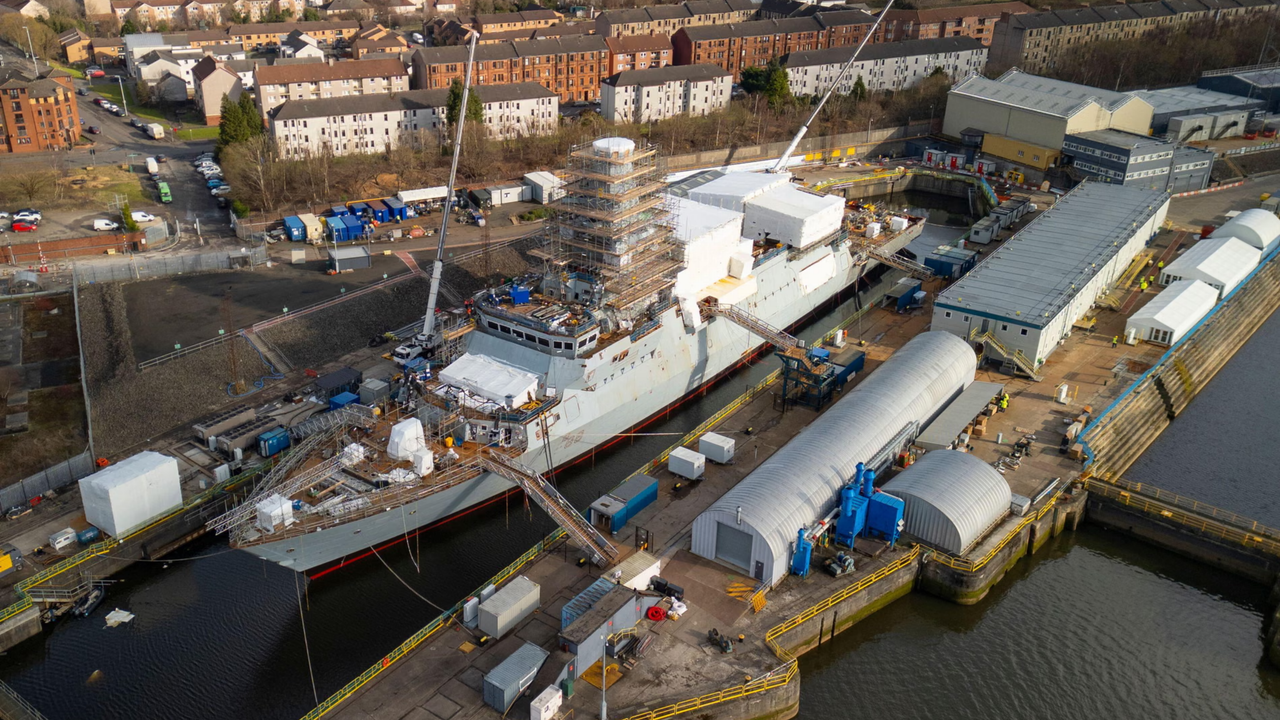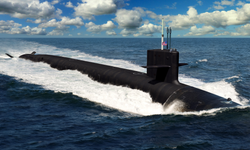The United Kingdom’s next-generation anti-submarine warfare (ASW) fleet remains on schedule, with the first Type 26 frigate expected to enter service in 2028, according to Defence Minister Luke Pollard.
In a written parliamentary statement, Pollard confirmed that “the Type 26 programme remains on track to meet all user requirements and deliver eight world-class anti-submarine warfare frigates in time to replace the anti-submarine warfare Type 23s.”
The Royal Navy is expected to commission all eight Type 26 frigates between 2028 and 2035, replacing the aging Type 23s and forming the backbone of the Navy’s ASW capability for decades.
Pollard stated that the new class “will allow the Royal Navy to continue to play a leading role in the anti-submarine theatre of the North Atlantic, providing a crucial output to both NATO and the Joint Expeditionary Force.”
Known as the City-class, the Type 26 is a multi-role warship optimized for submarine-hunting operations but also capable of air defense and general-purpose missions. Developed under the Global Combat Ship program, its design serves as the basis for export variants for Australia, Canada, and Norway. It is the first shared warship design among Commonwealth nations since the pre-war Tribal-class destroyers, marking renewed industrial cooperation among key allies.
Each vessel displaces around 8,000 tonnes, measures 150 meters in length, and has a range exceeding 7,000 nautical miles. The propulsion system combines diesel-electric and gas turbine power, enabling speeds above 26 knots while maintaining low acoustic signatures critical for ASW missions.
The Type 26 integrates the Artisan 3D radar, Sonar 2087 towed array, and Type 2150 bow sonar. Its Mk 41 Vertical Launch System will be capable of deploying the Future Cruise/Anti-Ship Weapon. Armament includes a 5-inch Mk 45 naval gun, Sea Ceptor surface-to-air missiles, and Phalanx CIWS for close-range defense.
The design features a modular mission bay and a large flight deck capable of operating Merlin or Wildcat helicopters, uncrewed systems, and even accommodating a Chinook helicopter if needed.
BAE Systems leads the program from its Glasgow shipyards, where HMS Glasgow and HMS Cardiff are in fitting-out stages. HMS Belfast is currently under construction, while Batch 2 ships; Birmingham, Sheffield and Newcastle are in early production phases.










